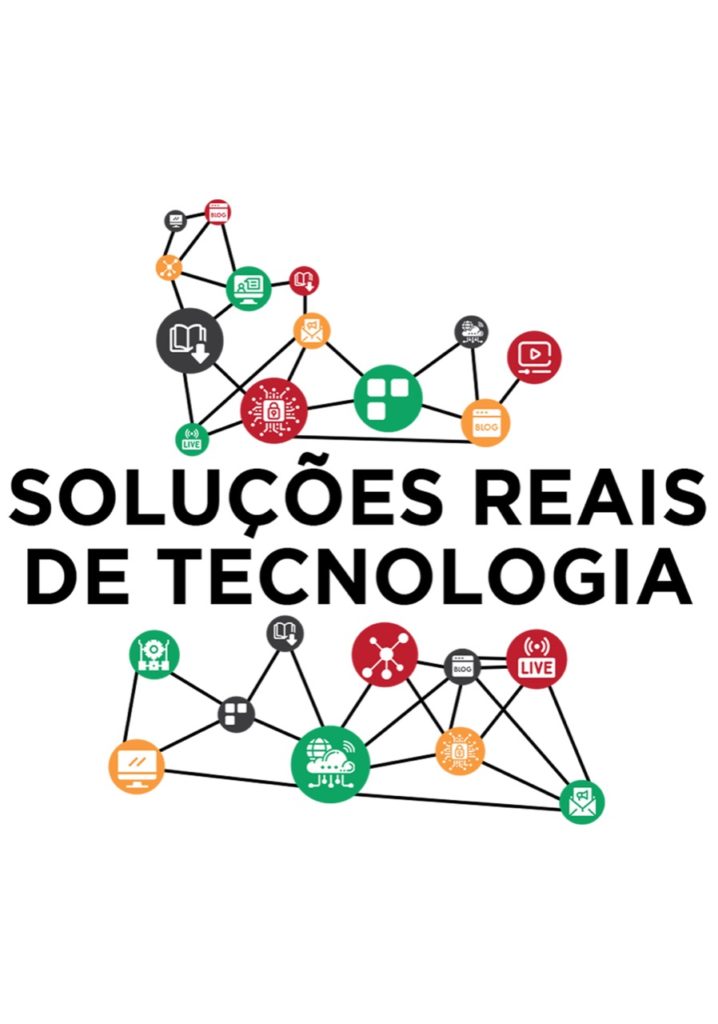Increasingly, devices and strategies are being used to streamline asylum procedures. These types of range from biometric matching engines that examine iris runs and fingerprints to lookup directories for asylum seekers and refugees to chatbots that support these people register safeguards instances. These types of technologies were made to make it easier only for states and agencies to process asylum applications, particularly as numerous systems are slowed down by the COVID-19 pandemic and growing degrees of required shift.
Yet these types of digital tools raise a number of human privileges concerns to get migrants and demand new governance frames to ensure justness. These include personal privacy problems, funeste decision-making, and the potential for biases or perhaps machine problems that result in discriminatory ultimate.
In addition , a central challenge for these systems is their very own relationship to border enforcement and asylum application. The early failures of CBP One—along with the Trump administration’s broader generate for restrictive coverage that restrict usage of asylum—indicate why these technologies can be subject to political pressures and really should not become viewed as inevitable.
Finally, these technologies www.ascella-llc.com can shape how asylum seekers are recognized and viewed, resulting in a great expanding carcerality that goes more than detention facilities. For example , dialog and dialect recognition equipment create a specific educational space about migrants simply by requiring those to speak in a certain fashion. In turn, this kind of configures all their subjecthood and may impact the decisions of decision-makers who all over-rely upon reports made by they. These tactics reinforce and amplify the capability imbalances which exist between refugees and decision-makers.


